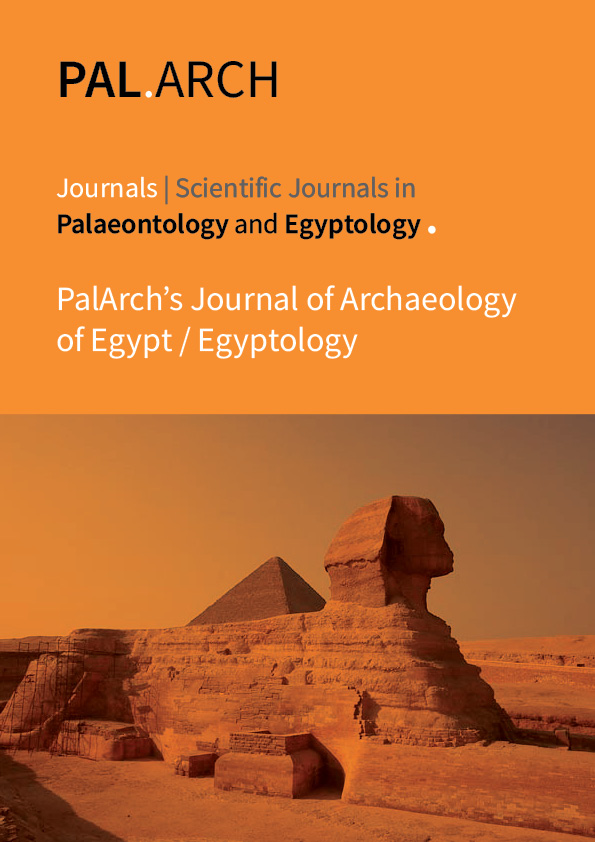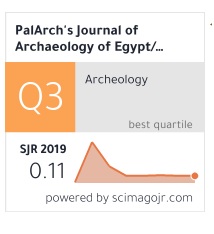THE IMPACT OF PRIVATIZATION ON SAUDI CLUBS ACCORDING TO 2030 VISION
Abstract
In the study, the purpose was to examine and prove that privatization is required for Saudi spots clubs. For nation economic development and limit the financial spend in clubs. The researcher investigated the hypotheses of the relationship between privatization and economic recovery, and the relationship of clubs with privatization. This research adopted the Mixed method for collecting and interpreting data. Using qualitative method such as literature review and interview questions. While the quantitative method using a survey was distributed via online. The researcher conducts an interview with specialties experts in their fields and distributing a survey for 120 participants from the two major clubs in Jeddah. The finding is consistent with the hypothesis that privatization have strong relationship with improving the country economic and it also have quite relationship with the club’s development



